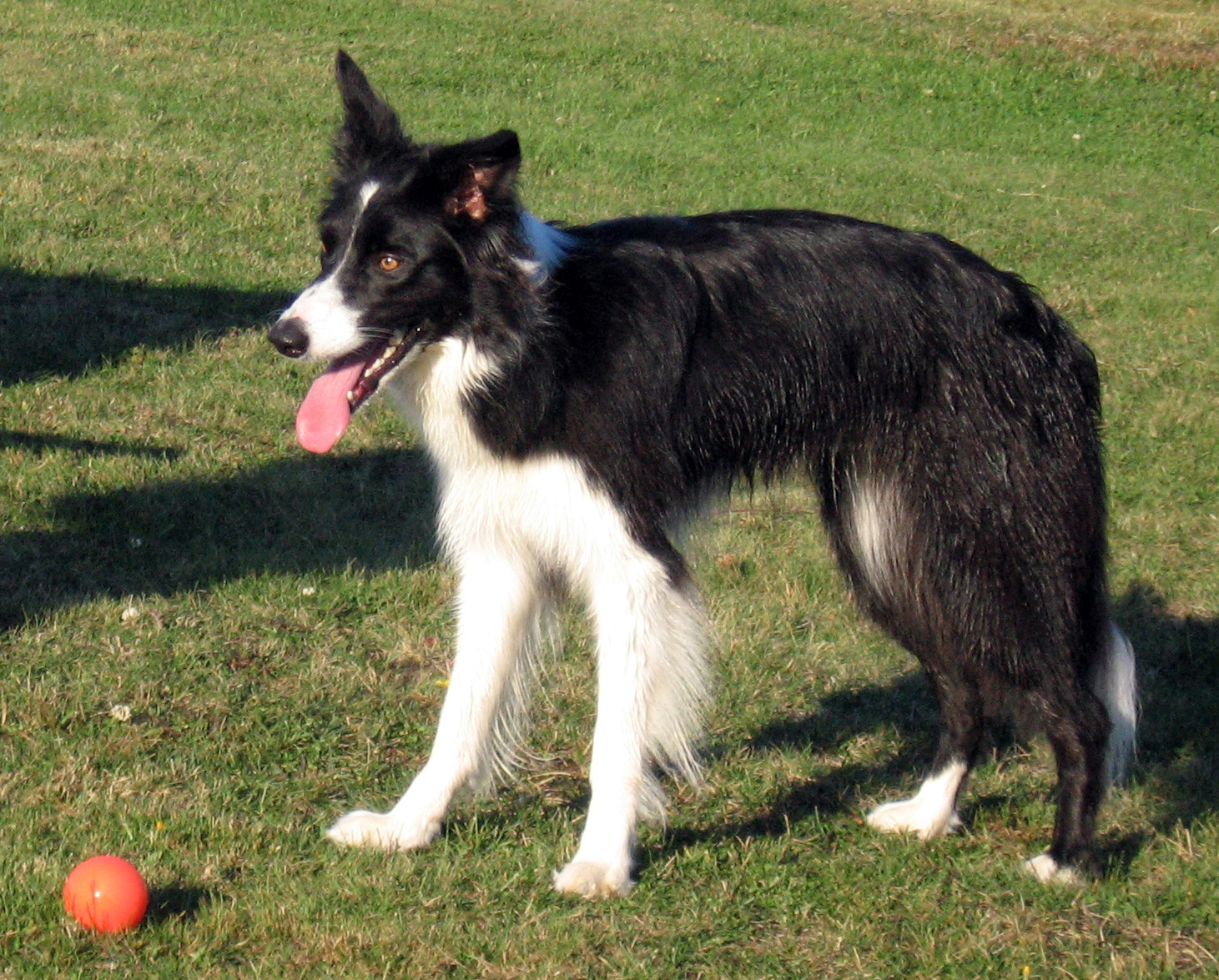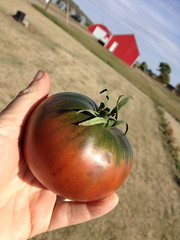 |
| A part of Canadian heritage. |
I read recently that some of the traditional dog breeds of England are in danger of extinction. It is a problem whenever a breed falls below 300 registrations a year—below that level, the gene pool is becoming dangerously small, and genetic defects are likely to develop. Times change; dogs that had an important role on a farm are not practical in the city. Among the breeds in this situation currently are the Cardigan Welsh Corgi, the Bloodhound, the Irish Wolfhound, the Kerry Blue Terrier, and the Skye Terrier.
But some of these breeds, it seems to me, are a part of British national heritage. As would be the Husky, the Newfoundland, the Border Collie, or the Labrador Retriever in Canada. This is the sort of thing it is the business of a government to preserve. As much as historic old buildings.
 |
| Ugly tomatoes taste best. |
And it would not be an expensive thing to do, when one considers all the benefits. What we need are “zoos” for endangered domestic animals. With, of course, breeding programmes. This is the sort of thing zoos are supposed to be for, after all, they say. But it would be one heck of a lot cheaper and more practical to do this for domesticated than for wild animals. And more useful, as such animals are domesticated in the first place because they are more useful to man. Such zoos should also, automatically, provide much entertainment and educational value for kids and the general public. What could be a more valuable break from the hustle and the troubles of daily city life than to be able to step back into an old-fashioned farm scape? If the animals are not as exotic as at a zoo, that is surely compensated for by the opportunity to get right up close and pet them.
 |
| The Canadian horse. |
In fact, many cities already have this sort of thing. But we should use them systematically, to preserve and promote breeds of local historical significance. Dogs, cats, horses, poultry, cattle. And not just animals: why not also preserve heritage crops. And some revenue could be made by selling the pups or seeds or cuttings or produce to the public. Promoting, in turn, local history, culture, and heritage.












No comments:
Post a Comment